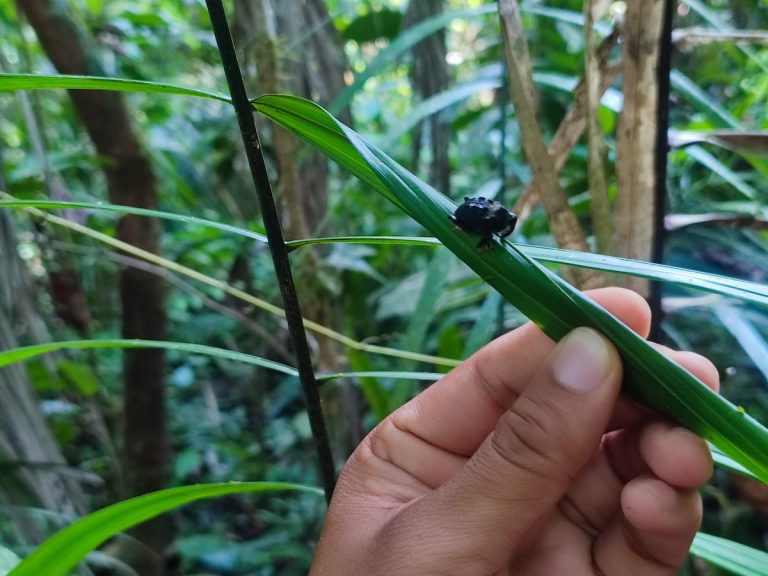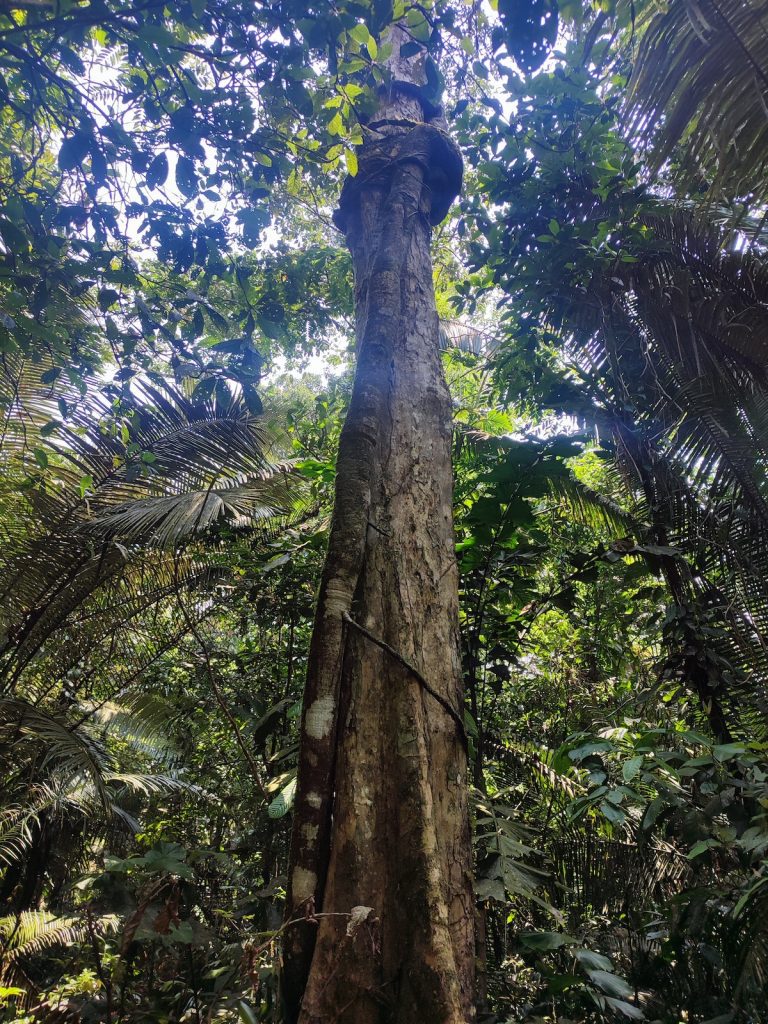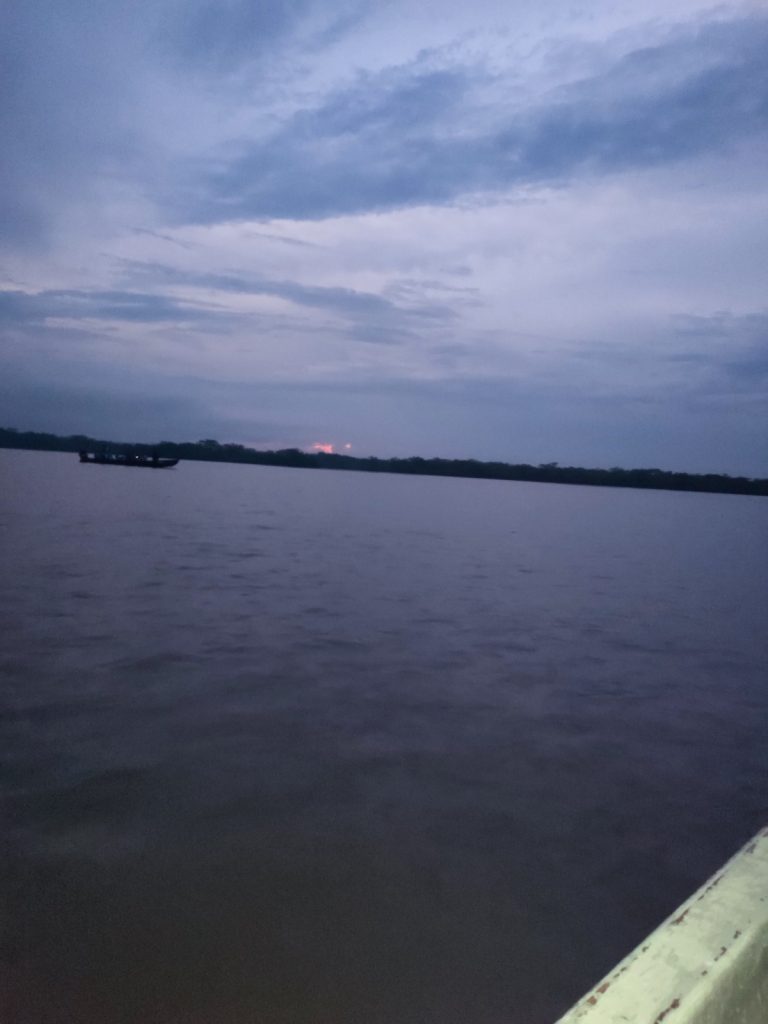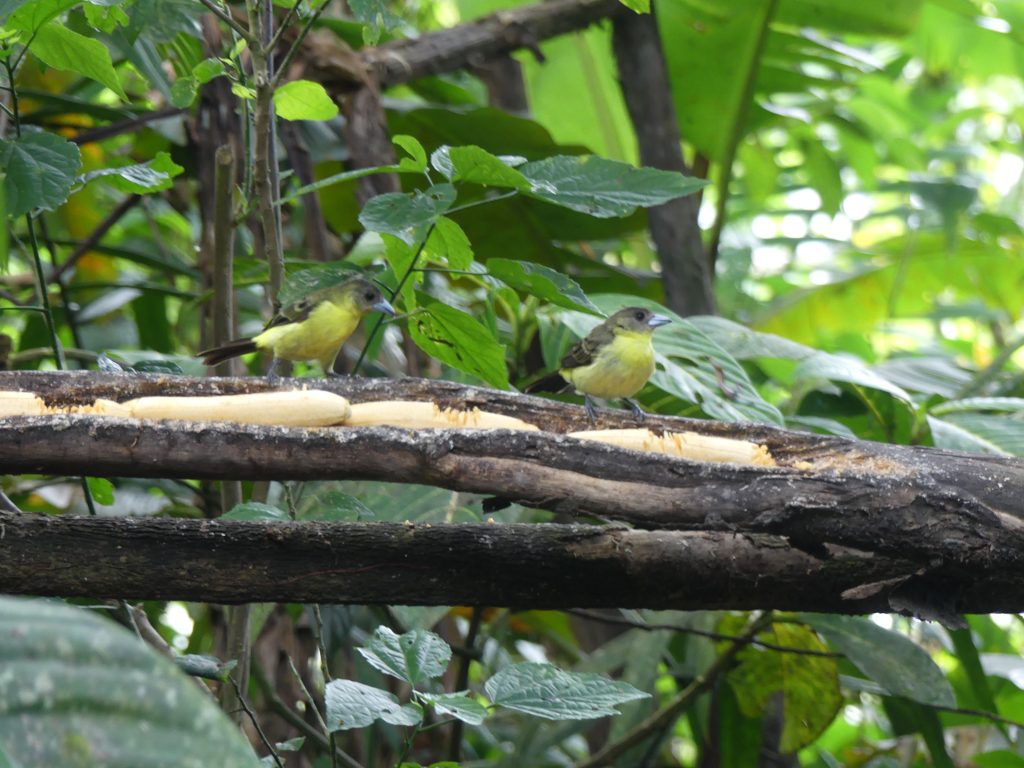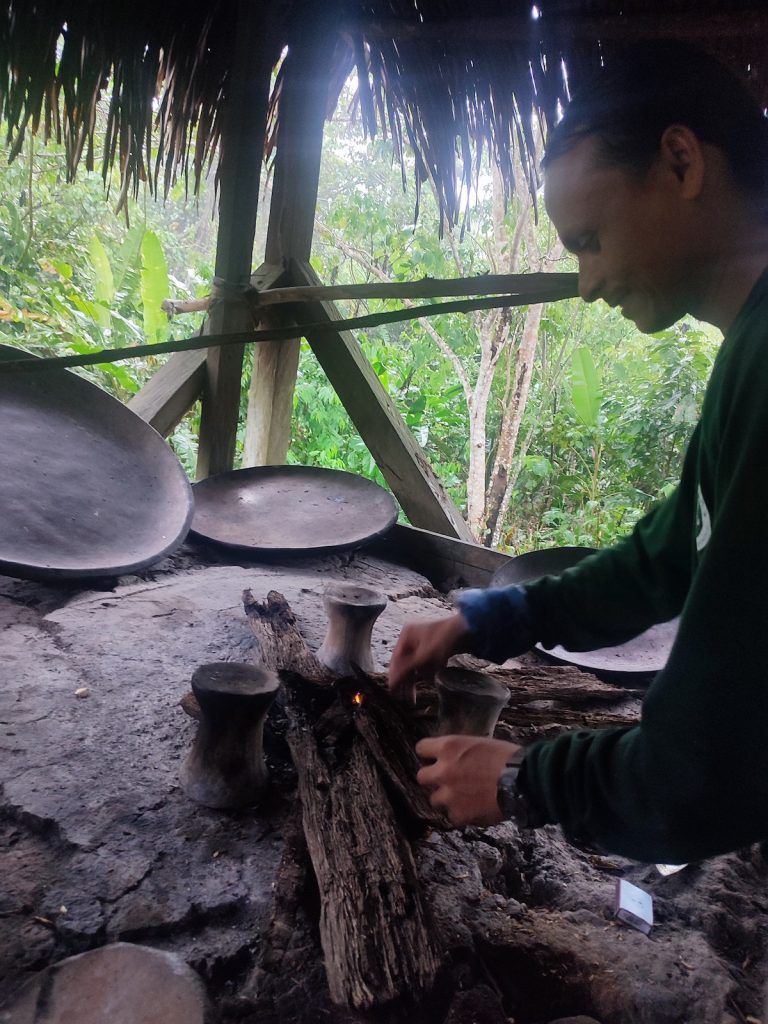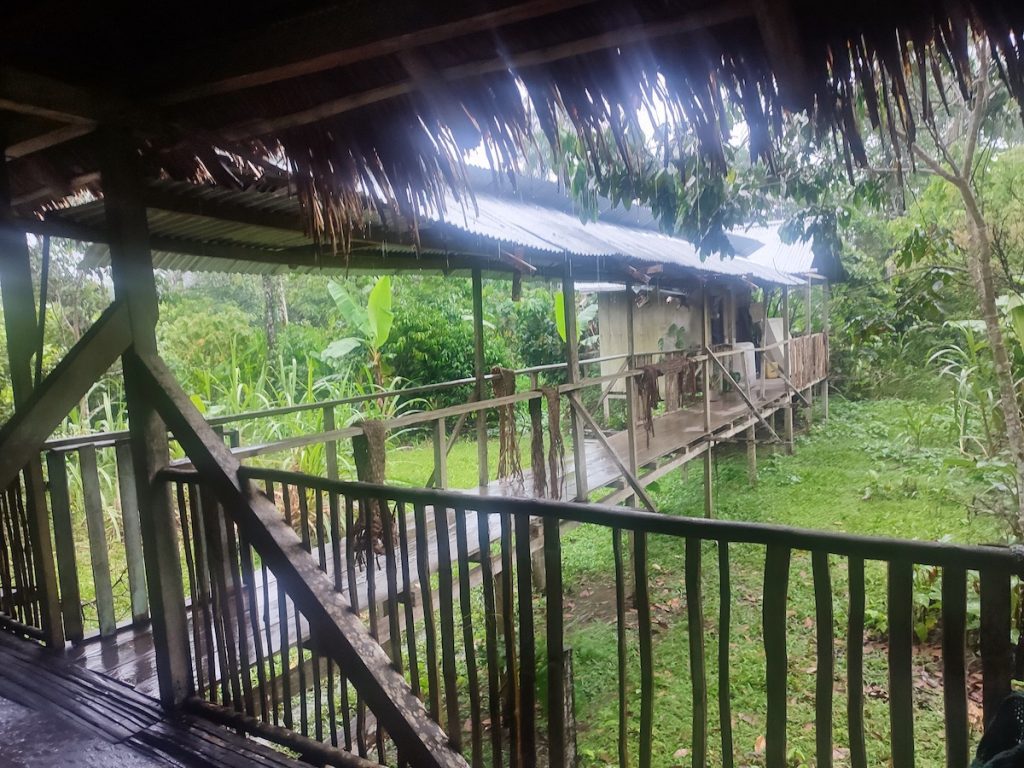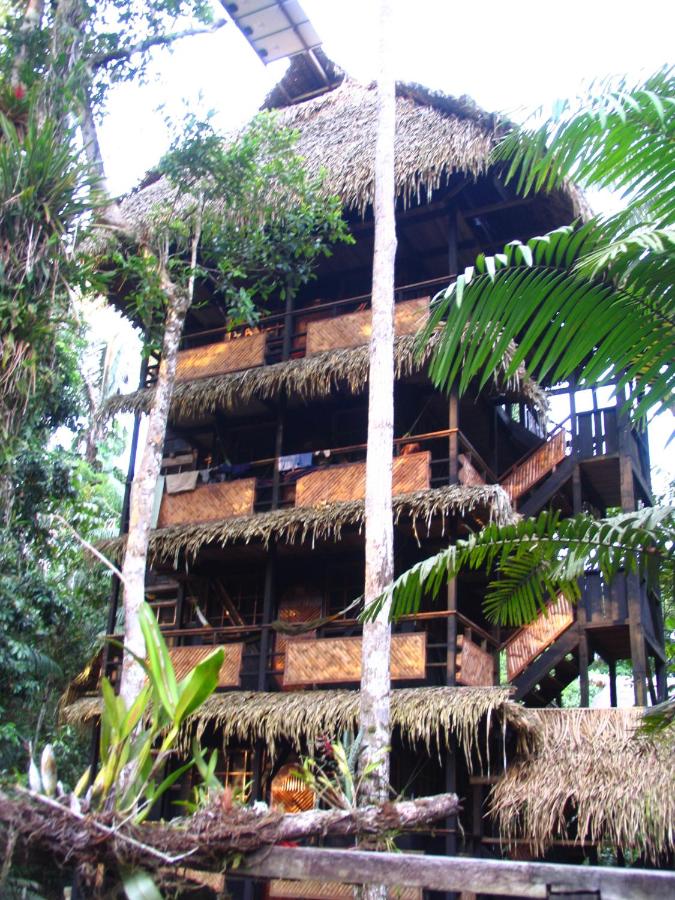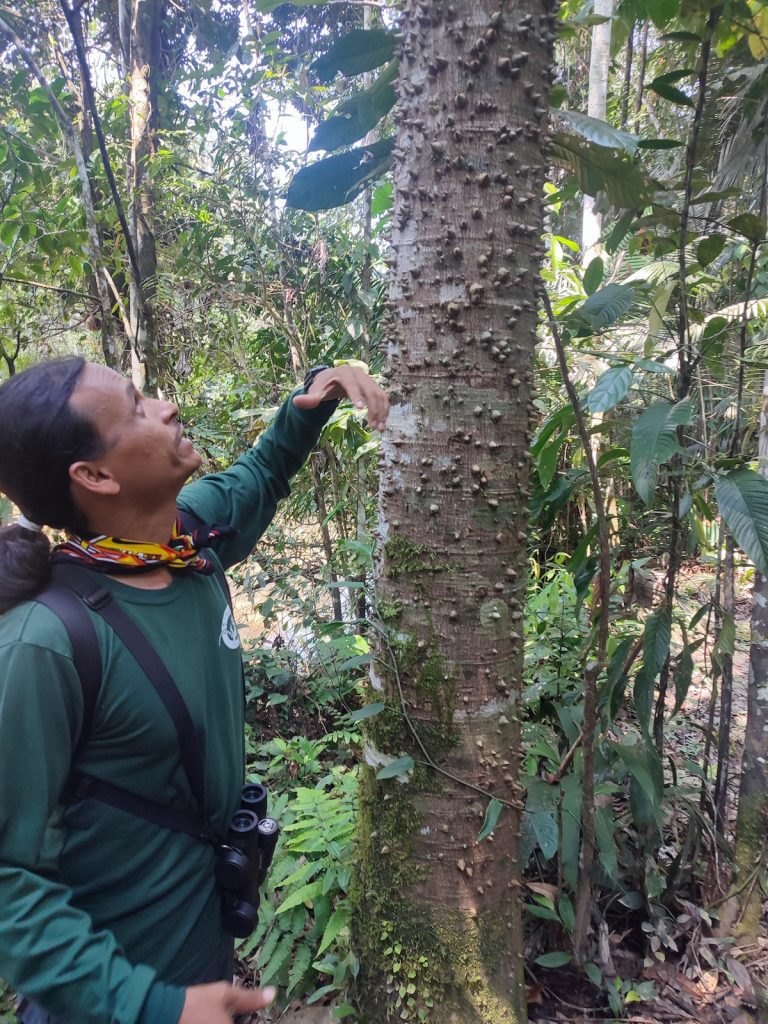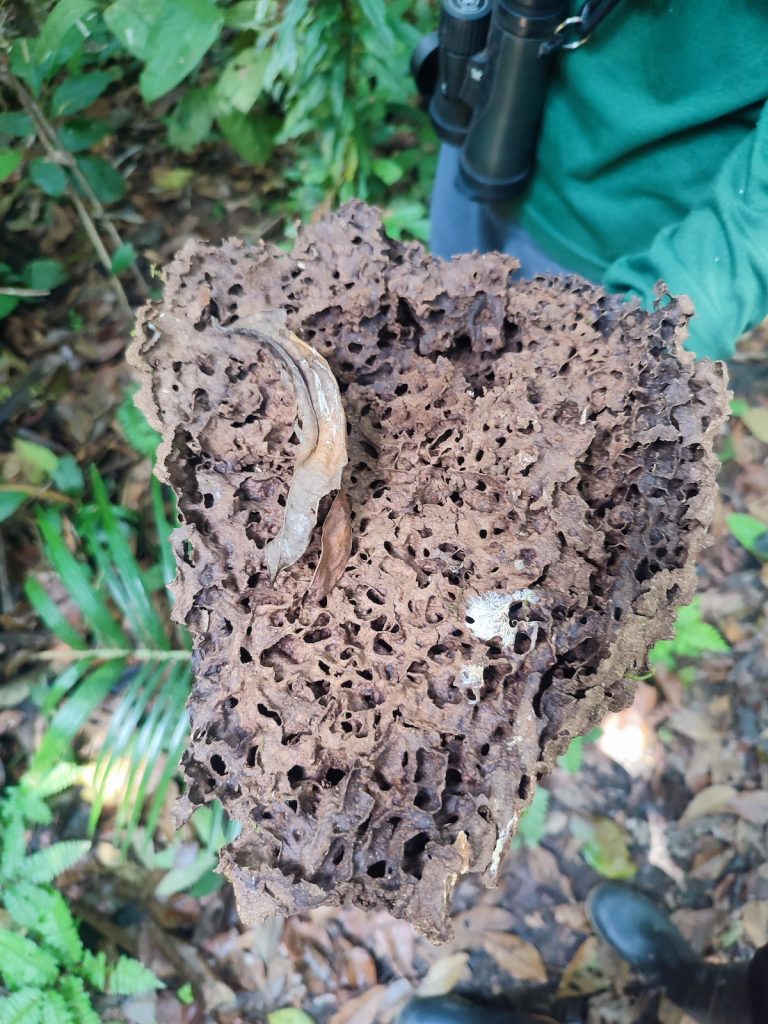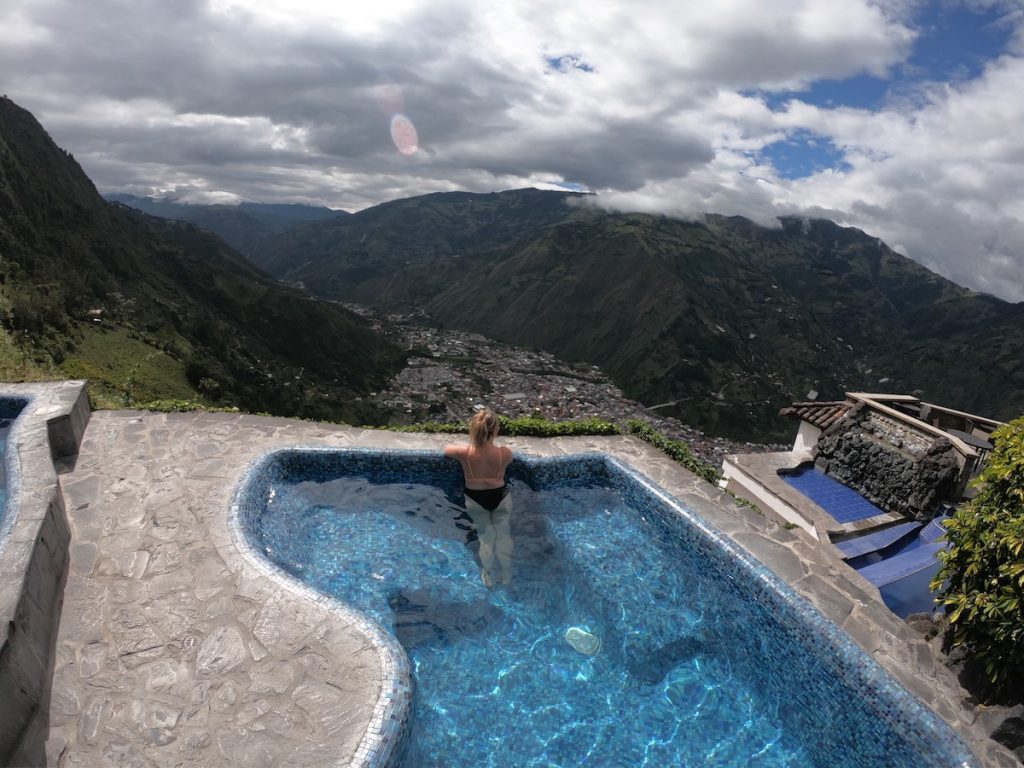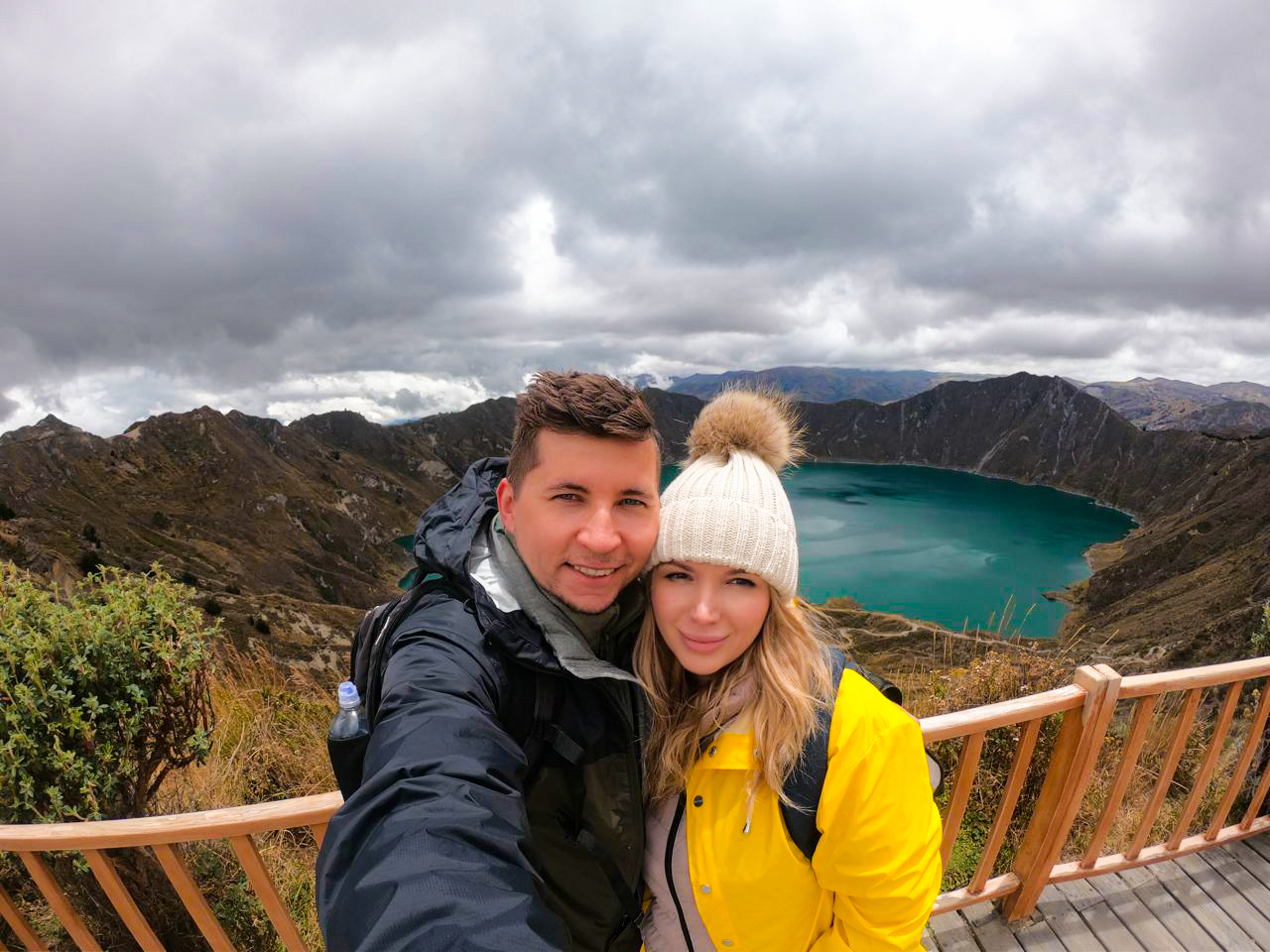Cuyabeno Reserve is an incredible protected area in the northeastern region of Ecuador, which I had the chance to visit. Known for being one of the most biodiverse areas in the country, it’s home to an incredible array of plants and animals, making it a must-visit destination for nature lovers.
What sets the Cuyabeno rainforest apart from other parts of the Ecuadorian Amazon is its unique characteristics. The rivers here are narrow, with the banks close together, giving you the sensation of being deep in the heart of the jungle. The way the rivers illuminate the trees is simply breathtaking, creating a magical ambiance throughout your journey.
If you’re up for an adventure, a trip to Cuyabeno Reserve should be at the top of your Ecuador bucket list!
In this Cuyabeno Wildlife Reserve travel guide, we’ll cover what activities you can do, how to get there, and everything else you need to know before setting off on this unforgettable adventure.
Cuyabeno Reserve was an unforgettable adventure for us, filled with breathtaking wildlife and cultural connections. Let trusted local experts craft your dream Amazon getaway with a FREE personalized tour plan. Your booking helps support this blog and the incredible communities of the Ecuadorian Amazon.
How to Get to Cuyabeno Reserve
The Cuyabeno Reserve is located near Yasuní National Park in northeastern Ecuador.
To get to the reserve from Quito, you can take a night bus, which typically departs at 11 pm and takes around 7 hours to reach the reserve.
Alternatively, you can fly to Lago Agrio airport, with most flights leaving around 9 am. From there, you’ll need to take a canoe ride to reach your final destination within the Cuyabeno Reserve, offering a scenic introduction to this amazing region.
Best Time To Visit Cuyabeno Reserve
You can visit the Cuyabeno Reserve any time of the year, but for the best experience, plan your trip between March and November. During these months, you’ll enjoy the full waterways and have the best opportunities to view the abundant wildlife that makes this reserve so special.
Things to Do in Cuyabeno Reserve
Paddle Boarding in Laguna Grande
Laguna Grande is one of the 14 lagoons in Cuyabeno Reserve and is famous for its serene waters and breathtaking sunsets. We had a wonderful time paddling and swimming in the lake while watching the sunset over the still water. If you’re in a group, you can also choose to ride a boat or kayak for a relaxing time on the water.
Bird Spotting
Bird watchers will absolutely love Cuyabeno Reserve. Its marshy surroundings, rich with fish, crustaceans, and insects, attract a wide variety of birds, with over 500 tropical bird species calling the reserve home.
During our exploration, we spotted so many unique and beautiful bird species. We highly recommend bringing binoculars to fully appreciate the enchanting birds in the forest—you won’t want to miss any details!
Catch And Release Fishing
In Cuyabeno Reserve, tourists are only permitted to engage in catch-and-release fishing to protect the environment. Only the locals are allowed to fish for and eat the more than 400 distinct types of fish that inhabit these waters.
Although we couldn’t consume our catch, we still enjoyed a fantastic local catch during our trip, which gave us a true taste of the region’s rich natural offerings.
Swim With Pink Dolphins

Pink dolphins, one of the rarest species on Earth, can be spotted in Laguna Delfincocho, where you may even have the opportunity to swim with them. Watching these dolphins freely swim in their natural habitat was a truly memorable experience, offering us a new perspective on both dolphins and wildlife in general.
Visiting the Siona Community
While the wildlife in Cuyabeno Reserve is abundant, the area is also home to the Siona people. During our trip, we had the privilege of participating in ceremonies involving medicinal plants and even took part in local cooking lessons. It was incredible to see how the Siona people have preserved their culture over the years. Being welcomed into their community was a humbling experience, and we feel grateful for the opportunity to meet and learn from them.
Where to Stay in Cuyabeno Reserve
There are various eco-lodges in Cuyabeno where you can stay during your trip. Some of the well-known accommodation options among tourists are the following:
Tapir Lodge
Tapir Lodge, located in the upper part of Cuyabeno Reserve, was built through a collaborative effort by family members of the Siona community. The lodge offers travelers an authentic tropical rainforest experience while being strategically positioned for a serene and isolated environment perfect for wildlife spotting.
Powered by solar panels, the lodge was thoughtfully constructed with the environment in mind. Beyond accommodation, Tapir Lodge provides a unique opportunity to learn about the indigenous communities in Cuyabeno and their way of life, making it an unforgettable cultural experience as well as a place to stay.
Plan perfect trip to Ecuador & Galapagos
I spent countless hours researching everything about traveling to Ecuador, and I created this blog for fellow travel enthusiasts who want the best, most reliable information. But if you want to save time, we’ve partnered with the top local agency to plan your dream trip.
Check the current price here.
Cuyabeño Lodge
Cuyabeño Lodge is regarded as the pioneer of ecotourism in the Ecuadorian Amazon. Built over 20 years ago, it is the original eco-friendly lodge in the reserve, constructed using ecological materials sourced directly from the jungle.
Nestled in Laguna Grande, the lodge offers a peaceful retreat where guests can fully immerse themselves in the beauty of the rainforest. It also provides an opportunity to witness the sustainable development of the native communities, making it a standout option for those seeking both comfort and authenticity in the heart of nature.
Check the current price here.
Ready to immerse yourself in the wonders of Cuyabeno Reserve? Get a FREE custom itinerary from my recommended local agency. Enjoy a hassle-free adventure while supporting this blog and the sustainable tourism efforts that protect Ecuador’s natural treasures.
Tips for Your Cuyabeno Trip
- Pack minimally and bring only what you need. We suggest lightweight and breathable clothing because the weather can be hot and humid. Remember to bring sunscreen, insect repellent, and a hat for sun protection.
- When visiting the Cuyabeno Reserve, be mindful of the surroundings and the local culture. Be sure to adhere to your tour operator’s instructions and consider how your actions will affect the reserve’s ecosystem.
- Remember to bring your camera to capture amazing moments during your tour at the reserve. As some areas may have limited access to electricity, remember to pack extra batteries or a portable charger.
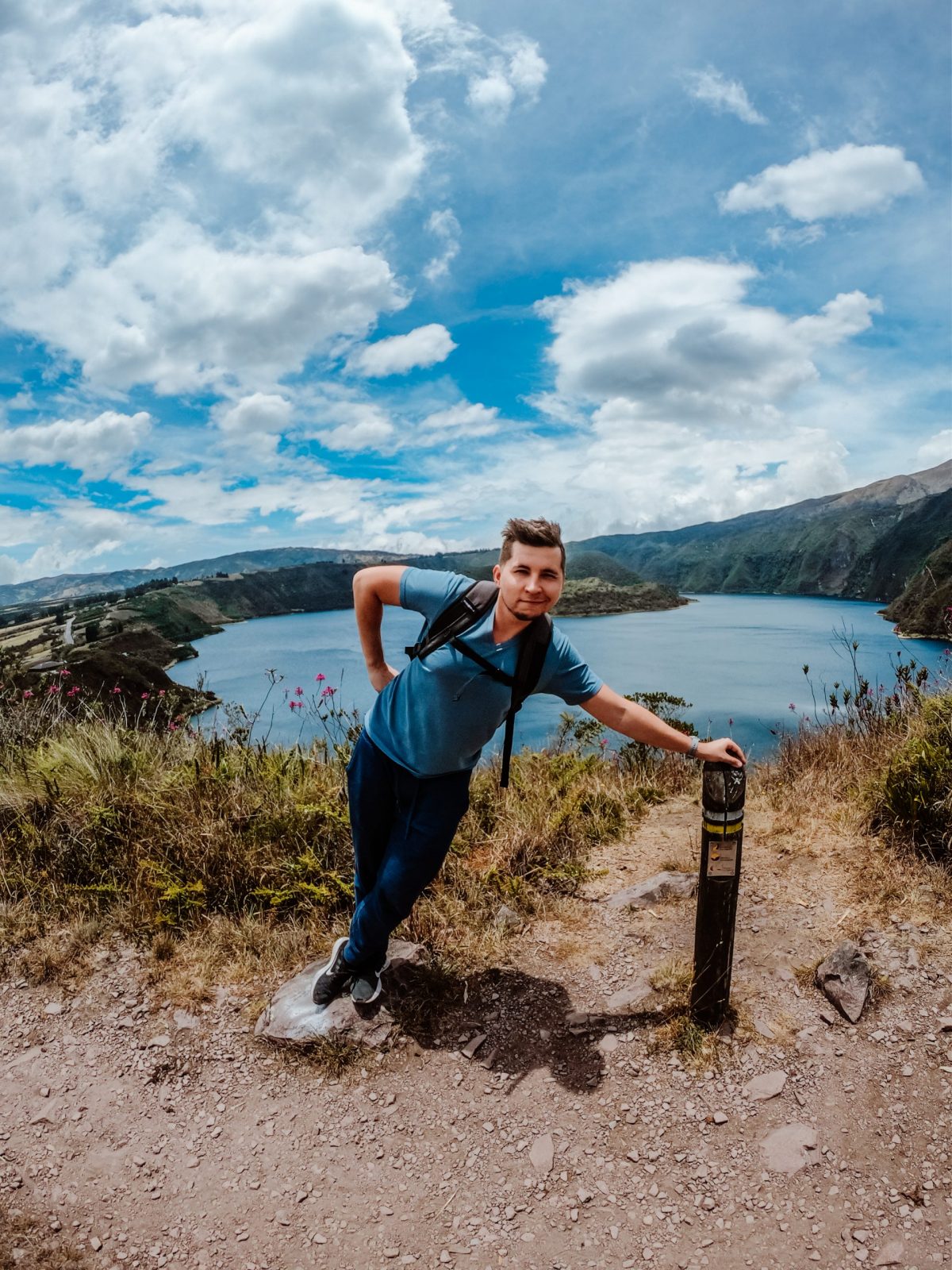
Planning trip to Ecuador?
My wife and I rented a car for 15 days and traveled from the northern part of Ecuador to the south, visiting amazing cities like Quito, Otavalo, Baños, Cuenca, and Guayaquil. Along the way, we explored iconic places such as Cotopaxi National Park, Quilotoa Lake, and many more breathtaking destinations.
Not many blogs cover traveling in Ecuador in detail, so I spent nearly three weeks creating this comprehensive Ecuador travel guide based on our trip. It’s packed with everything you need to know, and honestly, I consider it the best free travel guide about Ecuador out there.
If you’re planning a trip to Ecuador, don’t forget to use my link for discounted hotel prices through Booking.com. It’s a great way to support my blog while saving money on your accommodations!
Final Thoughts
Including a tour of the Cuyabeno Reserve in your Ecuador itinerary is an exciting, once-in-a-lifetime experience. We had an amazing time in the reserve and also learned a lot about the importance of sustainable tourism.
It’s essential to respect the local communities and the natural environment during your visit. Make sure to follow all rules and regulations, and avoid activities that could harm the people or wildlife in the reserve. This helps preserve the beauty and biodiversity of Cuyabeno for future generations to enjoy.

